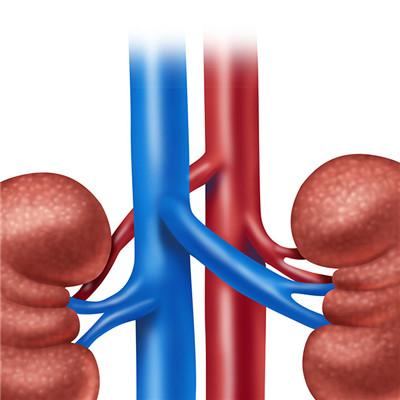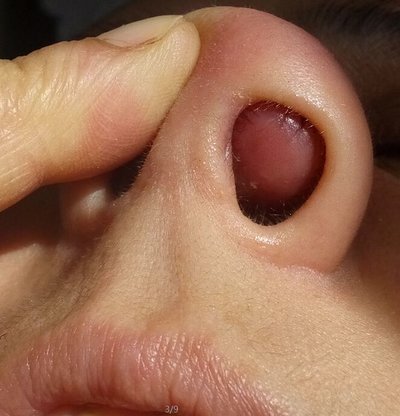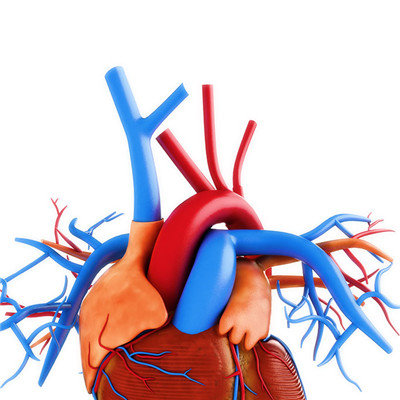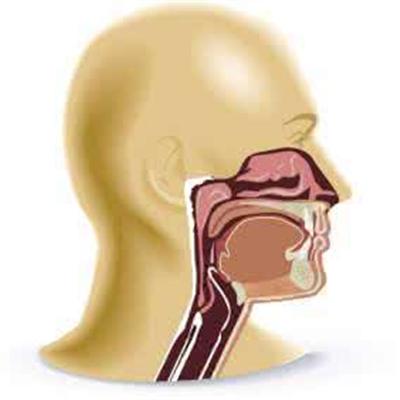What are the main symptoms of nephrotic syndrome?
summary
Usually, nephropathy is always "silent" in the early stage, but compared with other types of nephropathy, nephrotic syndrome has its special clinical manifestations. In order to "discover and treat early", we need to understand the three major symptoms of nephrotic syndrome.
What are the main symptoms of nephrotic syndrome?
Massive proteinuria is caused by abnormal glomerular filtration membrane. When the molecular barrier and charge barrier of glomerular filtration membrane were damaged, the permeability of glomerular filtration membrane to plasma protein increased and a large amount of plasma protein leaked out; When the protein content in the original urine increased more than the amount of proximal convoluted tubule resorption, a large amount of proteinuria was formed. In this case, we must control the daily protein intake, otherwise it will aggravate the disease proteinuria.

High edema high edema is a prominent manifestation of nephrotic syndrome visible to the naked eye. It is most obvious in the loose part of the tissue. For example, the most obvious and earliest appearance is eyelid edema. In severe patients, even the skin is thin and transparent, with pleural effusion and ascites. If the skin is slightly damaged, it will seep. Patients with high edema need to control their salt and water intake and stay in bed.

Hyperlipidemia often coexists with hypoproteinemia, which has a certain impact on the progress of kidney disease. However, some drugs for the treatment of kidney disease will aggravate hyperlipidemia, such as adrenocortical hormone. Therefore, the current use of lipid-lowering drugs in the treatment of hyperlipidemia.

matters needing attention
These are the symptoms of general nephrotic syndrome, if there are other diseases or complications, there may be other clinical manifestations.














